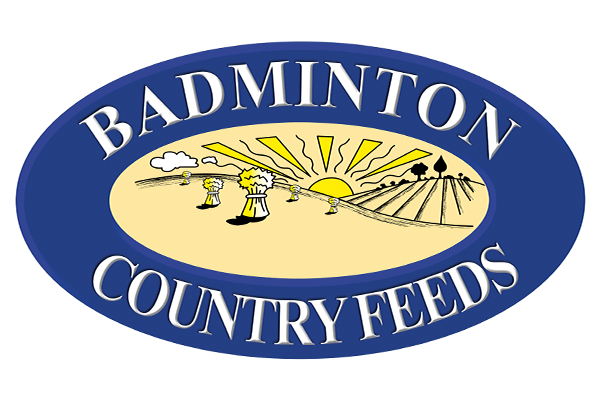Feeding Goats
Goats are social animals and therefore should not be kept alone. They are browsing ruminants and will often graze shrubs, bushes and hedgerow plants in preference to grass.
Goats have an average lifespan of 8-12 years. The main breeds now widely available include Saanen and Toggenburg (both commonly kept as dairy goats); Alpine; Nubian (produce milk with a high fat content); Pygmy (frequently kept as pets or show animals); Angora (kept for fibre production); and Boer (best breed for meat).
The Digestive System
Like sheep and cows, goats are ruminants and therefore require a roughage based diet. In the absence of upper incisors and canine teeth, goats use a hard dental pad (in front of the palate) and lower incisor teeth, lips and tongue to select food. Food is swallowed with minimal chewing, relying on the process of rumination (regurgitation and remastication) to break food down further at a later point.
Ruminants have a 4 chambered stomach; the rumen; reticulum; omasum and abomasum.
- The main function of the reticulum is to trap large particles for additional rumination.
- The rumen is a large fermentation chamber populated by microorganisms which break down ingested food. Fibre (complex carbohydrates) are broken down by the microbial population to produce volatile fatty acids (VFA’s) which are used as the ruminant’s primary energy source.
- The omasum is made up of many folds of tissue which help to break up ingested food.
- The abomasum is often referred to as the ‘true stomach’ and is where digestive enzymes and hydrochloric acid breakdown small particles of food before entering the small intestine, where the majority of nutrients are absorbed. Any indigestible or unabsorbed nutrients pass through to the large intestine where they are further digested and absorbed before being excreted.
Dietary Needs
- In order to meet maintenance, growth and milk production requirements additional roughage and concentrate feed is often needed to supplement browsing and grazing.
- Most non-breeding adults only need a very small amount of concentrate feed.
- Good quality roughage is needed to maintain a healthy digestive system- a supply of long fibre is necessary in order to maintain healthy function of the rumen. Good quality forage should provide at least 40%, ideally 60%, of the total diet and should be available year round.
- The rest of the diet being made up of additional roughage and forage, such as long grass (more than 10cm); roots; branches and other non-poisonous browse. For non-breeding adults a combination of forage and browse may be sufficient to meet maintenance energy requirements. Hay can be provided; this is best given in racks to help mimic natural browsing behaviours. Goats can be very fussy and as a browsing animal they prefer not to eat anything off the floor.
- Overfeeding can lead to obesity and other problems.
Feeding Guidelines
- Roughage (high fibre source) should form the basis of the diet.
- Adult goats at maintenance: at least 1-2kg per day of roughage.
- Dairy Goats or those with higher energy requirements (lactating/pregnant does; growing kids): may require up to 3.5kg per day of roughage.
- In addition to roughage and concentrates you can also provide root vegetables such as turnips and carrots and fruit. Legislation states however, that kitchen waste must not be fed.
- Suitable browse material would include blackberry bramble; twigs of willow; hazel; apple and elder.
- Clean water must be available at all times.
- Regular body condition scoring is recommended in order to identify any increase or decrease in condition and tweak the diet accordingly.
- It is considered good practice to divide the concentrate ration over two or more feeds during the day and to make any changes in feed gradually, over at least 10-14 days.
Management
The average stocking density for goats is 4 per acre (this can vary depending on grazing quality and breed of goat). Goats need shelter, unlike sheep who produce an oily secretion (lanolin) into the wool to help keep them weather proof.
As goats are inquisitive and playful animals who like to climb and explore, providing environmental enrichment is often advisable, such as tree stumps and other safe structures to climb on.
Breeding and Keeping Dairy Goats
The gestation period for goats is on average 150 days (depending on breed). A practice called ‘flushing’ is commonly used with breeding does (adult females) to increase reproductive efficiency. ‘Flushing’ refers to putting animals on a higher plane of nutrition prior to breeding to cause an increase in weight and condition. This should be used in conjunction with body condition scoring and would depend upon the initial body condition of the doe.
Energy requirements are at their highest during late pregnancy and during lactation.
Overfeeding of brassica plants (like cabbage and cauliflower) can affect the taste of milk and therefore may be avoided/restricted when feeding the dairy goat.
